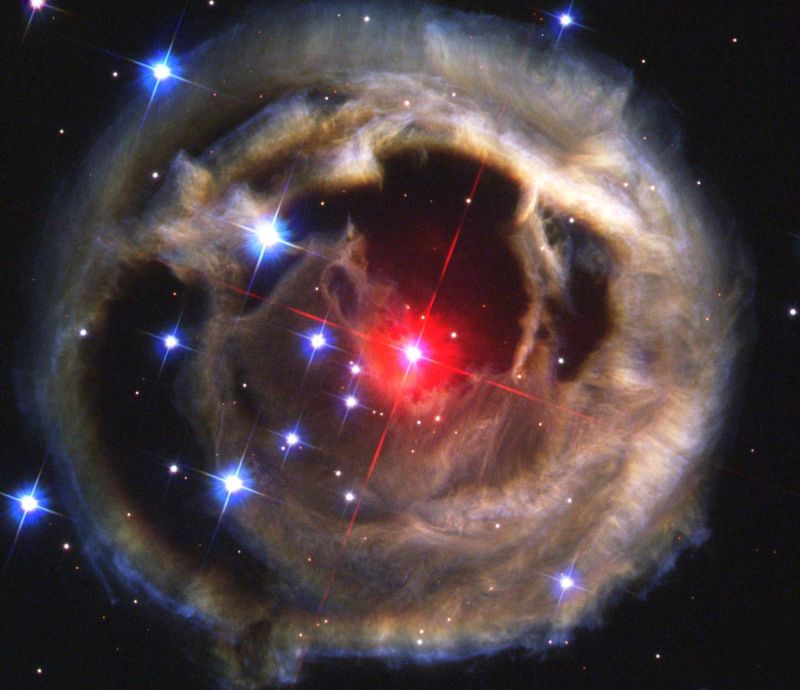Red Nova Set To Brighten Our Sky In 2022

Mark your calendars, sky watchers! Astronomers are expecting a red nova to light up our skies in 2022.
A red nova happens when two stars merge. Larry Molnar, a professor from Calvin College, his students, and colleagues from Apache Point Observatory and the University of Wyoming helped make the prediction. Molnar expects that a binary star, or two stars orbiting each other, will merge and explode in 2022 – give or take a year or two.
According to Molnar “its’ a one-in-a-million chance that you can predict an explosion. It’s never been done.” Molnar’s research on the binary star started in 2013 at an astronomy conference. Fellow astronomer Karen Kinemuchi presented her study on changes in the star’s brightness, concluding with a question: is it a pulsing star or a binary star? Mulnar and his research assistant Daniel Van Noord took the question on; they were able to make additional observations and concluded that it was definitely a binary star. Molnar then used Kepler’s data on the star’s orbital period and compared it to Romuald Tylenda’s work on how another star behaved before it exploded unexpectedly and produced a red nova. The orbital pattern change helped Molnar create a “Rosetta stone” for interpreting the current data.
In 2022, this binary star is expected to increase its brightness by ten thousand times, becoming one of the brighter stars in our sky. The star is part of the constellation Cygnus and will add a star to its Northern Cross pattern.
Matt Walhout, dean of research and scholarship at Calvin College, hopes this project inspires people at all levels of astronomy. “The project is significant not only because of the scientific results, but also because it is likely to capture the imagination of people on the street. If the prediction is correct, then for the first time in history, parents will be able to point to a dark spot in the sky and say, ‘Watch, kids, there’s a star hiding in there but soon it’s going to light up.’”
For those that want to learn more about the night sky and upcoming astronomical sights, SkyNews is a great resource for astronomy news. They provide weekly sky reports so you know what you can view in the morning or night sky. Plus, they also have observing reports for moons, planets, comets, asteroids, stars, and constellations to make the most out of your sky watching experience. Whether you’re new to astronomy or have been watching the sky for years, SkyNews also provides reviews on sky watching gear so you can work with the best products.
